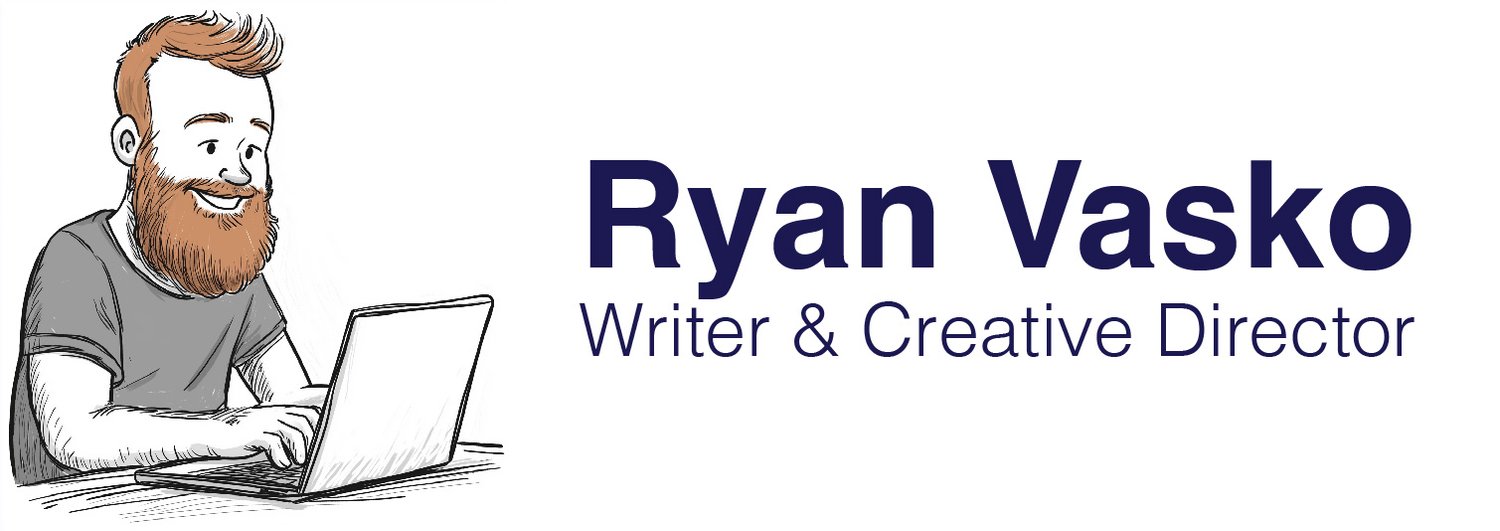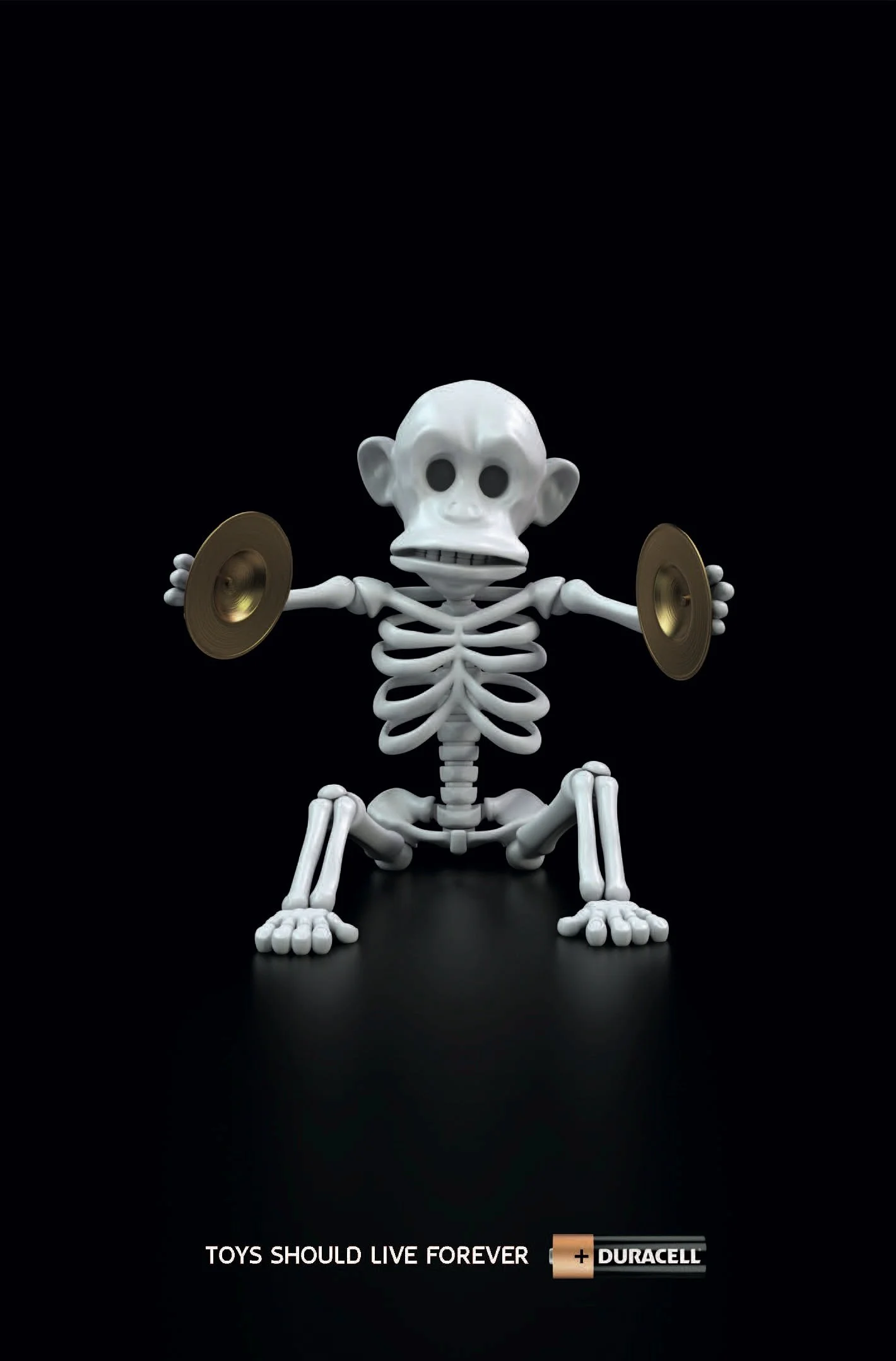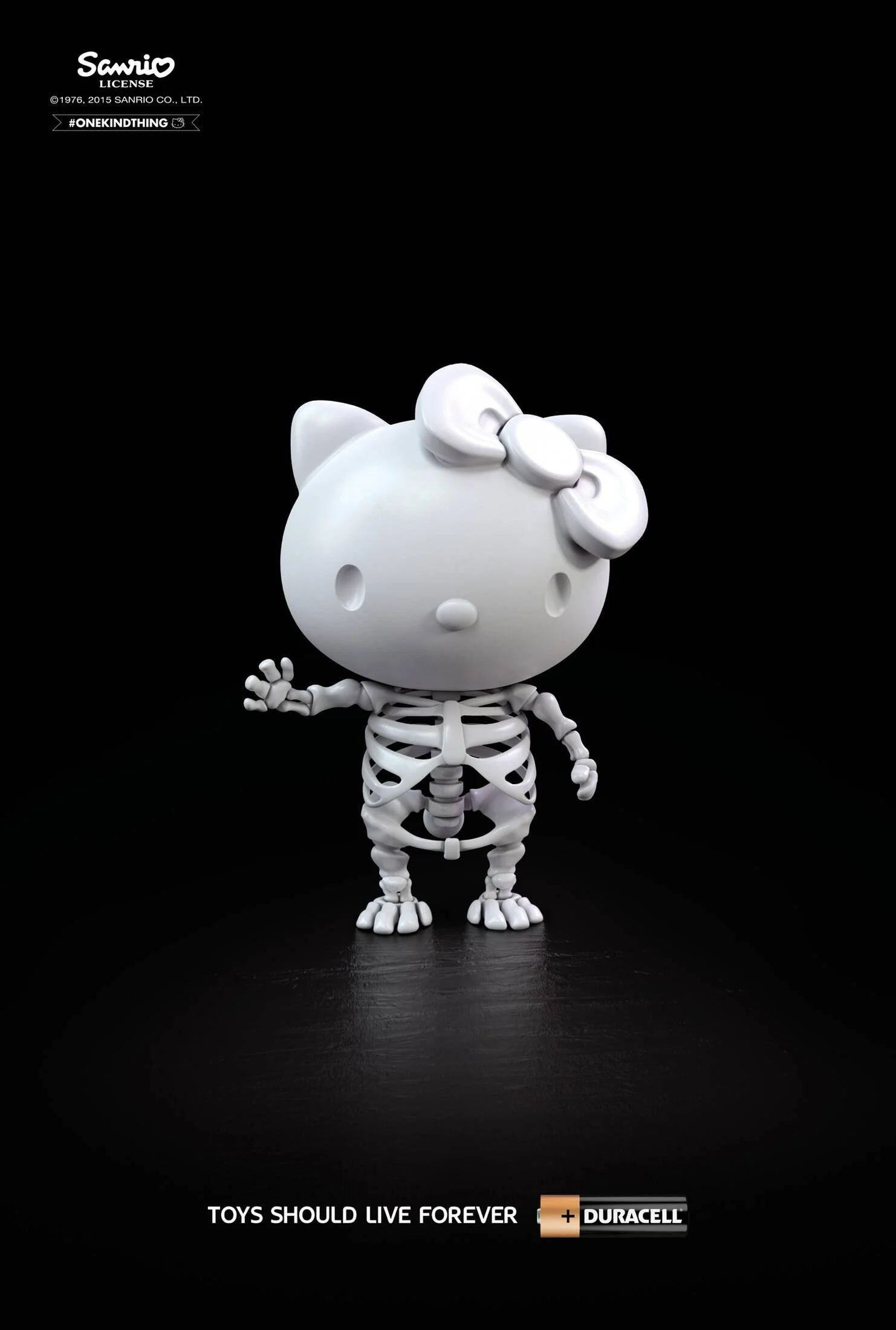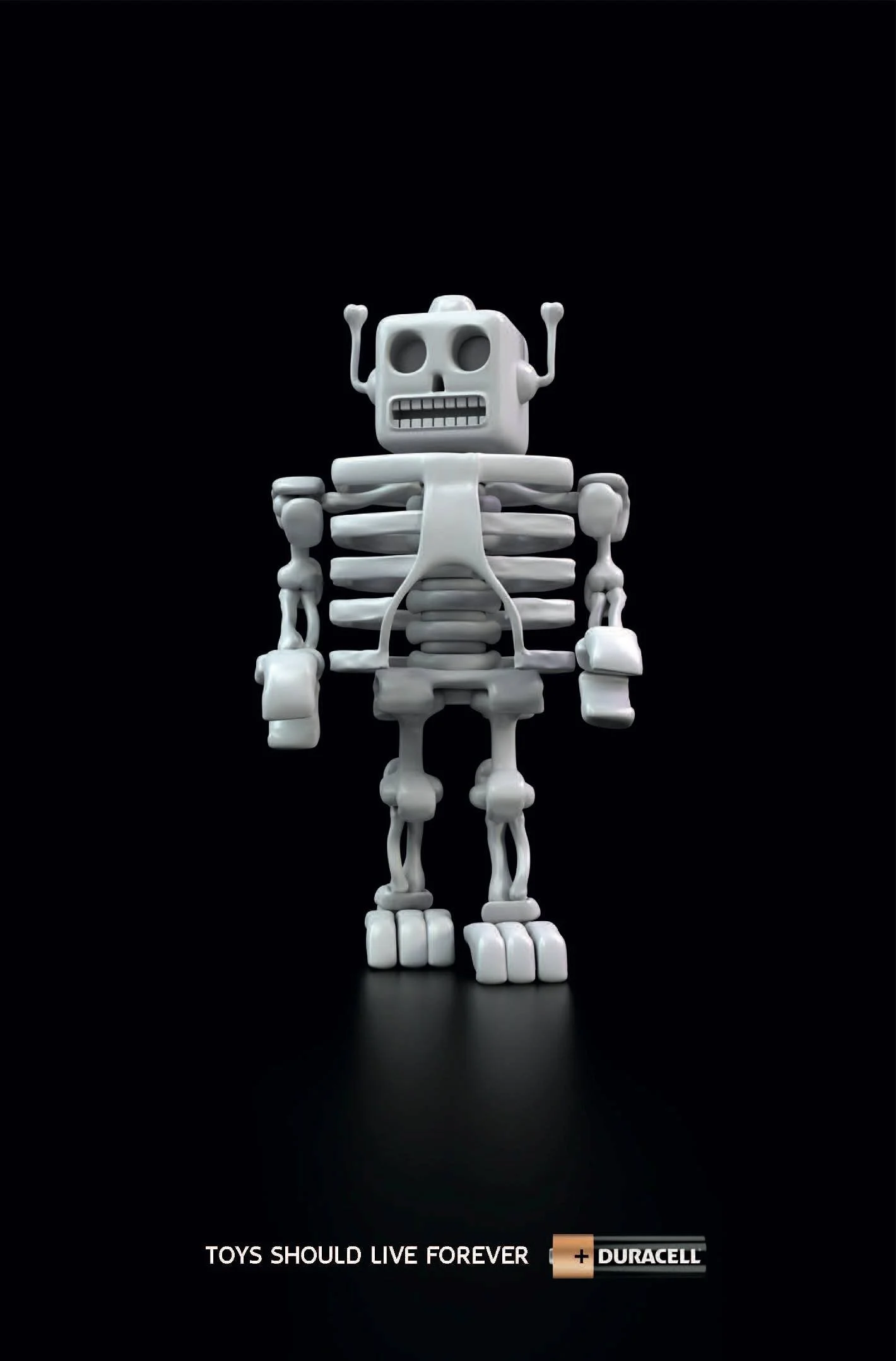Misc. Writing
P&G “Thank You, Mom” Script
Febreze “Odorless Summer” Campaign
Always “Like a Girl” Digital
Duracell “Toys Should Live Forever” Halloween Campaign
Bounty “Quick!” Campaign
Costco “Don’t Get Caught Without”
Booking it.
Illustration: The Laundry Room
A few years back, I took a 23 and Me DNA test. In addition to some interesting tidbits about my lineage and health traits, it uncovered a secret that had been kept quiet for nearly four decades: I was the product of a sperm donor.
Since then, I’ve welcomed more than a dozen new half-siblings into my life, researched the weird and fascinating history of sperm donation in the U.S., and even tracked down our donor using the powers of blind luck and social media.
Over the hundreds of times I’ve told this story, one thing has become abundantly clear: it’s a pretty good one. So much so that I’m turning it into my first book.
Turning my story into a story.
With a goal in mind to tackle a project like this for the first time, I set about the business of shaping what sort of book it would be. With a little help from other writers and creators in my circle, I settled on a structure.
Woven into the story of my life and the lives of my incredible family members (old and new), I would also try to convey what it’s like to deal with a life-changing revelation like this, the strange and complicated history of sperm donation in America, the ongoing fight for medical history and other rights for donor children, how we banded together to track down our donor, and what the future looks like.
Below you’ll find a sample, the opening of the book as it currently stands. Enjoy!
Seedy, or, 23 and Me and Me and Me
Introduction
A great story is an odd power to wield.
When I say “story,” I don’t mean the front-to-back of a person’s life in a biopic sense. We’re not all Forrest Gump. I just mean a good tale, an anecdote, a yarn, something that’s always holstered in the back of your brain, well-rehearsed and polished, ready to be unleashed at a moment’s notice.
And if you love telling stories, and if a social situation happens to provide an opening for you to tell a really good one, you have to jump at the chance. With my really good story, the one about finding out in my thirties from a DNA test that I was secretly a donor-conceived child who now was part of an ever-growing band of half-siblings, the opportunities to tell it were wide-ranging and weirdly prevalent.
Someone happens to mention wanting to research their family history, say. Or that they recently watched one of those gripping true-crime docs about a doctor fathering an illegitimate army with his own ego-fueled sperm. Or just asks, “Hey, do you have any brothers or sisters?” I get this perverse rush when it happens. Because I know that if I wanted to, I could own the attention of whomever I was with for the next hour.
I did it all the time after I came to grips with what my story actually was. I loved telling it. I would tell the abridged version to a cashier at Trader Joe’s if the mood struck me. There was this buoyancy in openly owning and flaunting my new narrative after it had been kept so closely guarded for almost four decades. I would tell myself that if I could titillate and engage people, make them laugh or shocked or whatever, I was doing something for them. But in reality, it was just my ongoing form of free therapy. Catharsis by captive audience. Healing.
Talking so freely about how I came into the world isn’t about rebellion. I have zero resentment or anger in my heart for my parents or the people involved in the way I was conceived, or even being kept in the dark about it for so long. (I wish they’d tapped a donor who could’ve prevented me from sunburning so easily, but that’s a different book.) It’s not about retaliation, either. This isn’t a burn book. It isn’t a scandalous tell-all. It is, as my therapist would say, my way of working through some shit.
It’s about connecting dots I didn’t even know were there to connect. It’s about working through the weird absence you suddenly feel when you don’t have access to half of your genetic makeup. It’s about trying to sort through what’s an answer based on genetics, what’s pure coincidence, what you can discover about yourself from science and what you have to trust to pure, blind faith.
It’s all that and so much more. And it started by spitting in a tube and dropping it into a mailbox in a 7-Eleven parking lot. Life is a strange, beautiful thing.
***
I’ll say this: When you do uncover a long-buried fact about your entire existence, you expect the moment to arrive with a little more pomp and circumstance than it did for me.
It was 2018. I was sitting in a meeting in an office building above a Dick’s Sporting Goods in Colorado. Something about a social marketing campaign for dish detergent. My boss was trying to pry a bit more money from the head of the account. This was going to take a while. My mind, as it had frequently in recent weeks, drifted back to the test results I’d gotten from 23andMe. I clicked on the already-open browser tab and dove back in.
I’d purchased the DNA testing kit out of pure, morbid curiosity. The girl I was dating at the time had gotten hers back a few months prior, and with her Puerto Rican heritage—and its long, sad history of being the oft-conquered Baltic Avenue of Colonial Monopoly—came a whole smorgasbord of ancestry: bits of Spanish, Korean, West African, Scandinavian, Ashkenazi Jew.
I had to know all about my own exotic background. So I ordered up a test, even throwing in the extra $50 for the Health & Traits Report, because who doesn’t want a genetic marker for a devastating future disease hanging over their heads for the rest of their days?
The kit arrived on a Friday. A small box, some colorful instructions, and a clear plastic collection element with a wide, funnel-like opening at the top. I spent a very strange afternoon amassing and depositing “non-mucous saliva” into the tube. Spit out the frothy stuff on the end of your tongue, wait for it to dissolve into a more liquidy state, repeat until you have one half teaspoon. Surely this is how serial killers spend their days.
I stoppered up my science loogies, dropped them in a thoughtfully postage-included box, and mailed them to the lab. As you do. Eight weeks later, bing went my Gmail, and there were my results in all their strange, genetically unique glory.
My dream of wide-ranging forbearers was quickly rerouted to the Land of Pale People. According to 23andMe, my background is 99.9% European. I am yacht rock. I am Twinkie cream filling. I am a Connecticut Izod store holding an after-Labor Day sale on cardigans. The remaining 0.01% of my makeup was labeled “Unknown Ancestry,” which screamed more “margin of error” than “Well, at least one of your ancestors got down with a brown person.”
The nations from which my progenitors hailed were a murderer’s row of cuisines you wouldn’t pick for your wedding dinner: Irish, Scottish, British, German, Swiss. At the time, oddly enough, I never took note of the lack of my dad’s Hungarian background.
How could I? I was too busy devouring every fascinating DNA trait report they could give me. That section alone was like going to the world’s most specific but eerily accurate psychic.
“You have higher odds of having an aversion to cilantro and thinking it tastes of soap.” It does!
“Your second toe is most likely longer than your big toe.” It is! Middle toe, too! (I’m a monster!)
“You have no variant detected for being a carrier of Herlitz Junctional Epidermolysis Bullosa.” No idea what that means, but thanks!
For the next few weeks, I was the model 23andMe user. I answered every survey they sent my way, disclosing everything from my dietary habits to whether I suffered from restless leg syndrome. I read every exhaustive account of their methodologies, the research that goes into every predictive health predisposition. I Wikipediaed to death every county of every city of every nation that my people came from. Anything and everything, basically, apart from the real life-changing stuff.
Fast-forward to me sitting in my meeting while the two department heads sniped at each other in deeply uncomfortable passive-aggressiveness. This time around, there was a new section in my profile that pulled my attention away from unknown corners of Ireland and looming macular degeneration. It was called DNA Relatives.
Essentially, it’s a giant repository of everyone who ever took part in the 23andMe experience, indicated they’d like to be found, and had some sort of ancestral link with me. The preview showed that I had thousands, so I assumed it was all distant connections with whom I shared a great-great-great-grandma, or something.
The DNA Relatives section, by default, lists your kinsfolk according to the percentage of DNA you share. For the metric shit-ton of sixth cousins that make up the bulk of your relations, you might share 0.12%. They might as well be complete strangers. But if you happen to have someone from a branch much closer to yours in the family tree, they’ll be at the top.
Perched atop my list, I saw Ryan and Sam. My half-brother and half-sister.
Problem was, I don’t have a half-brother or a half-sister.
All of a sudden, I was in the most interesting meeting of my entire life.
***
This is the story of my existence as a donor kid.
Some of the people in my story aren’t as far along in their acceptance as I am. Some aren’t as willing to air all this out in public like I am. Some have difficult family or other related factors to consider. For that reason, I’ve changed some names and other determinative details in this book. (I don’t identify who has a fake name, because that would sort of defeat the purpose, wouldn’t it? There’s a reason that when someone asks Batman, “Who are you?” Batman replies, “I’m Batman,” and not, “Well I’m definitely not Bruce Wayne!”)
It’s been hard, to be honest; writing this. You have to overcome that mocking little voice in the back of your head telling you over and over that no one would really care to hear about your life. You have to decide what’s worth sharing and what’s worth protecting, who’s worth protecting. You have to convince people to let you tell their tales. You have to decide what’s relevant, what’s nonsense, and what makes up more of who you are: the stuff inside of you or the people, places, and institutions that helped to shape you. You have to reverse engineer the significant origins of a life that’s still in progress.
And you have to do it all with the knowledge that you are the product of a sperm-donation process that came with little to no regulation, oversight, or thought for the rights and feelings of the kids who were the result. Had that part been more transparent or easy to track down, I might not have felt the need to write this at all. Because as crazy as my situation is, it’s not entirely uncommon.
The National Institutes of Health estimate that somewhere between 30,000 and 60,000 donor-conceived babies are born in the U.S. each year. But even that statistic is thought by many experts today to be well underestimated. People keep their truths hidden from those around them out of shame, scandal, necessity, or simply not having the proper emotional capacity to raise a child with the truth. But because things like DNA kits, social media, and in-depth reporting exist, the truth is coming out more and more often, whether the people involved want it to or not.
I guess that’s a big part of what I want out of this. To do my part to normalize and destigmatize this practice that’s been around for over a century and, despite the worry and hurt feelings that can result from it, helps so many struggling, desperate souls become parents. I exist because we figured out how to overcome stringent biological barriers with science. That’s how Captain America came to exist. That’s, I don’t know, cool?
I want to dig into the why’s of my story. Why did I feel a strange sense of relief when this news came out? Why wasn’t I more freaked out? Why didn’t I feel betrayed? Why didn’t this come out sooner, like basically every other secret anyone in my family has tried to keep? Why doesn’t anyone involved with these choices consider the rights and thoughts of the kids? Why are some of my new half-siblings afraid to confront this at all?
More than anything, I want this to be a celebration of my new family. Or maybe I should say “new addition to my family,” which doesn’t imply that I’m trying to replace anything. Because I’m not. (Love you, Mom, Dad, and Lindsay.) There are people in my life now who went from complete strangers to dependable, beloved rocks practically overnight, out of nowhere. “Family is a four-letter word” might be a terrible piece of art you can buy at Target, but it also rings true now in ways I never would’ve thought possible.
My story would be nothing without the people who populate it. This book is about them, but it’s also for them. Maybe this isn’t the life we all thought we’d have, but at least it gave me mine.












